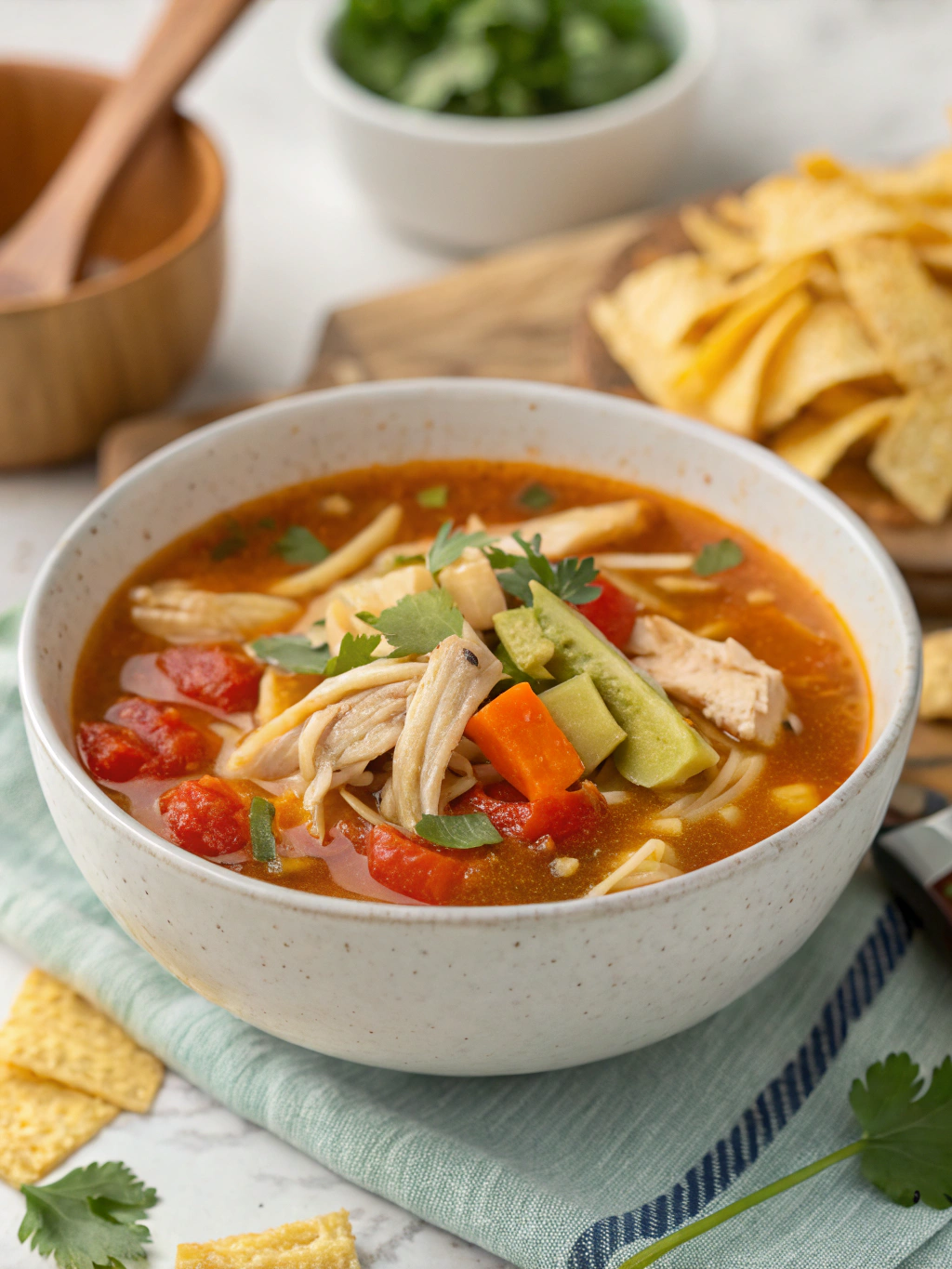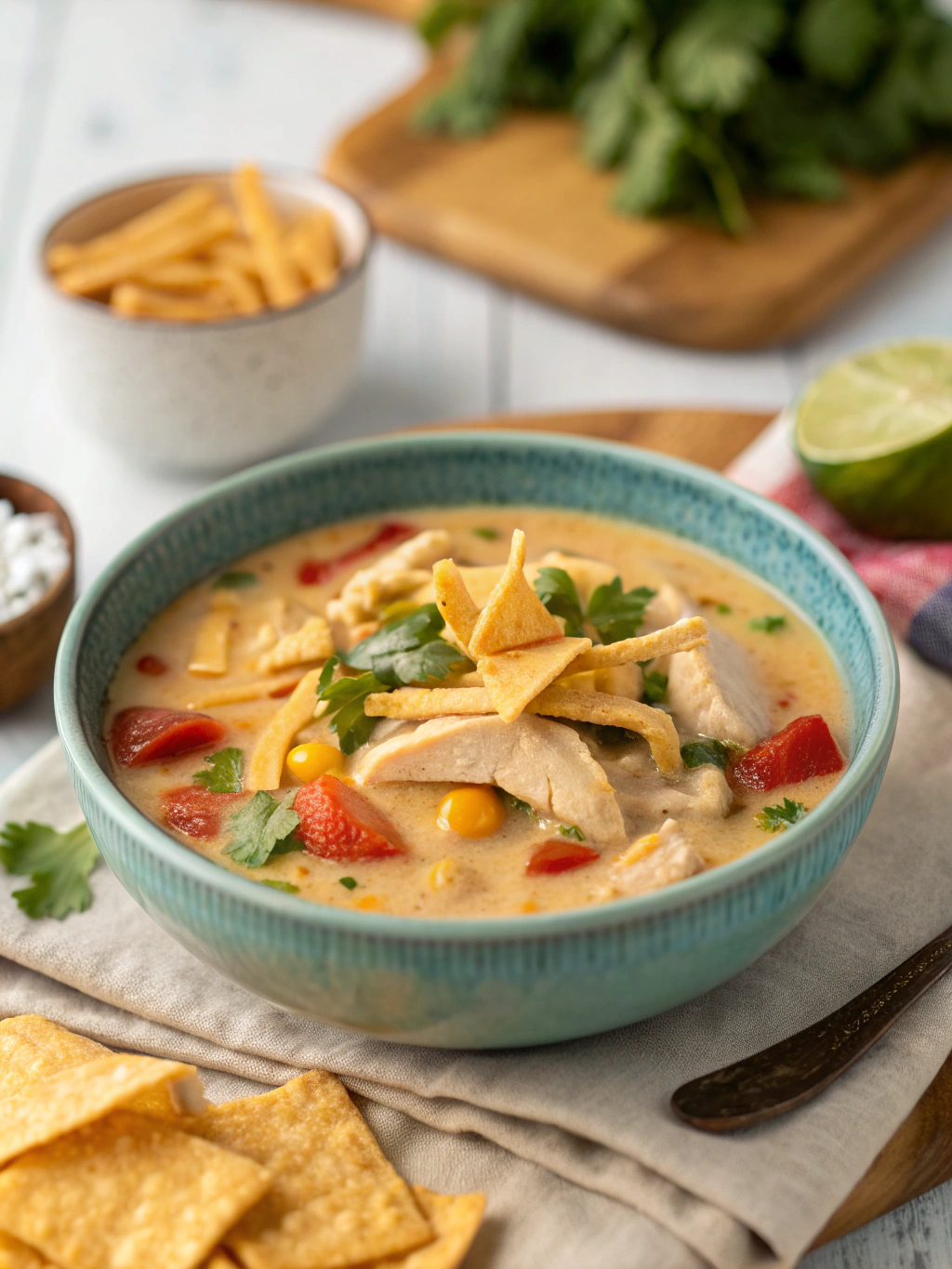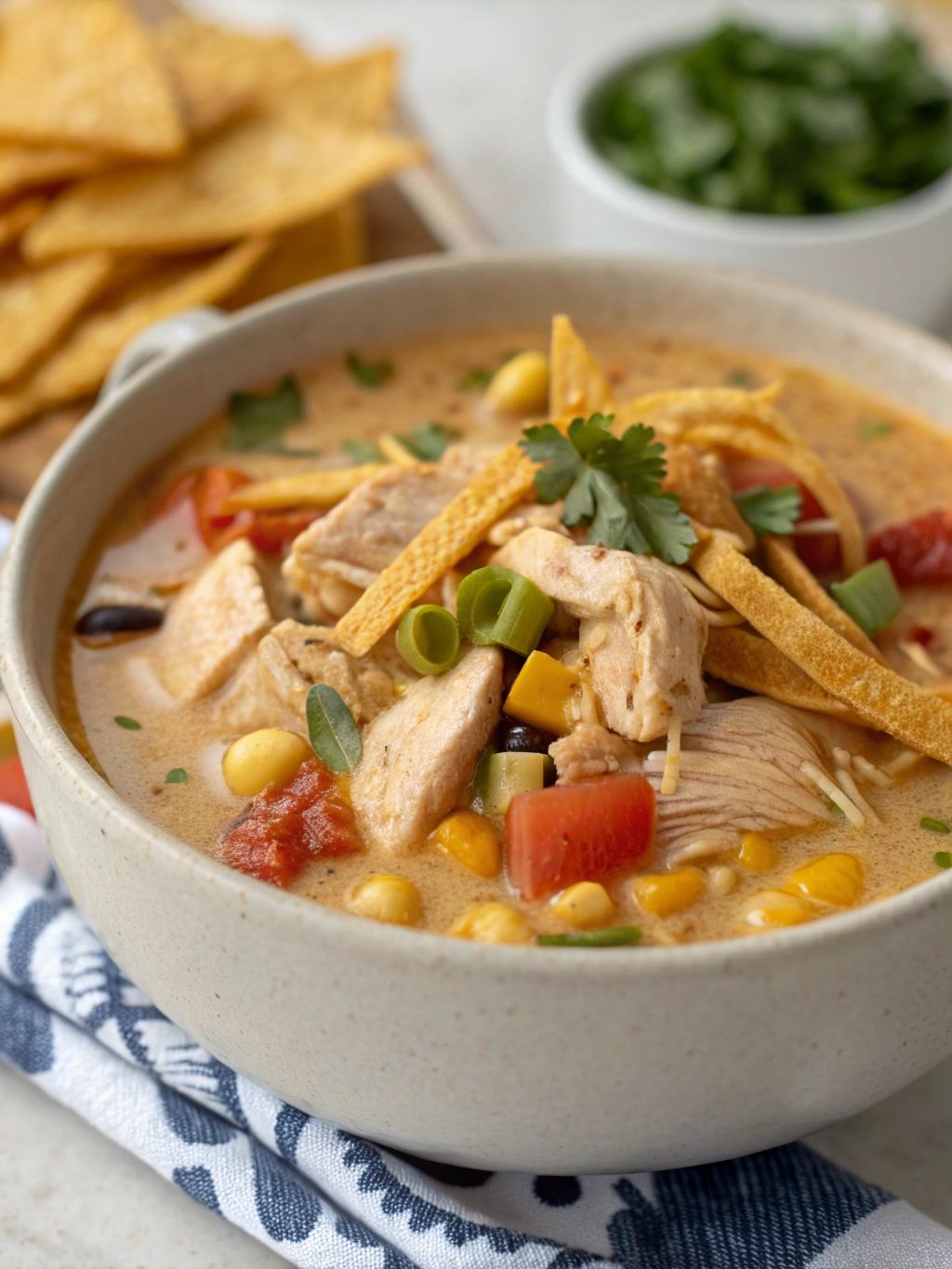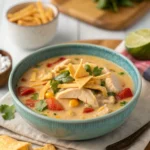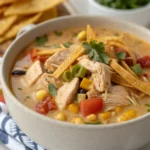Last Updated on April 17, 2025 by recipeinspire
Table of Contents
Traditional Filipino Bibingka: A Guide to the Classic Rice Cake Dish

Traditional Filipino Bibingka is a classic delicacy that is popularly enjoyed during the Christmas season in the Philippines. This unique rice cake is made from a mixture of rice flour, coconut milk, and sugar, and is typically cooked in clay pots lined with banana leaves. Bibingka is often served hot, garnished with grated coconut, slices of salted duck egg, and cheese.
The history of Bibingka dates back to the pre-colonial era in the Philippines when rice cakes were already a staple food. Over time, the recipe evolved to include coconut milk and other ingredients, making it the Bibingka we know today. The dish has become a significant part of Filipino culture, especially during the Christmas season when it is traditionally sold outside churches after the early morning masses.
Key Takeaways
- Traditional Filipino Bibingka is a classic rice cake that is popularly enjoyed during the Christmas season in the Philippines.
- The dish is made from a mixture of rice flour, coconut milk, and sugar, and is typically cooked in clay pots lined with banana leaves.
- Bibingka has a rich history that dates back to the pre-colonial era in the Philippines and has become an important part of Filipino culture.
History of Bibingka
Bibingka is a traditional Filipino rice cake that has been enjoyed for centuries. Its origins can be traced back to the pre-colonial period when early Filipinos made a similar cake known as “bibingka glutinosa” using sticky rice flour, sugar, and water. This cake was traditionally cooked over the fire in banana leaf wrappers. It is thought that the Tagalog word “bingka” is the root of the name bibingka [1].
Pre-Colonial Origins
Bibingka has been a part of Filipino culture for centuries. It was a staple food for early Filipinos and was often served during special occasions such as weddings and religious festivals. The pre-colonial bibingka was made from glutinous rice flour and coconut milk, and was cooked in banana leaves over a fire. It was often served with a sweet coconut sauce or grated coconut [2].
Spanish Colonial Influence
During the Spanish colonial period, new ingredients and cooking methods were introduced to the Philippines, including wheat flour and the use of ovens. These new ingredients and methods led to the evolution of bibingka. The Spanish version of bibingka was made with wheat flour, eggs, sugar, and milk, and was often topped with butter and grated cheese. It was typically served during the Christmas season [1].
Evolution Through the Years
Over the years, bibingka has continued to evolve and has taken on different variations throughout the Philippines. Some regions use different types of rice flour, such as galapong, which is made from soaked and ground glutinous rice. Other regions use coconut milk or cassava flour in their bibingka. In some areas, bibingka is cooked in clay pots or in a special bibingka oven called a “bibingkaan” [3].
Today, bibingka remains a popular Filipino dessert and is often enjoyed during the Christmas season. It is typically served hot and is often paired with a side of salted egg, grated coconut, or cheese. The history and evolution of bibingka reflects the lively nature of culinary traditions, influenced by changing tastes, available resources, and cultural shifts over time [4].
Ingredients and Variations
Traditional Ingredients
Bibingka is traditionally made with ground soaked glutinous rice, coconut milk, sugar, and eggs. These ingredients are mixed together to form a batter that is then poured into banana leaf-lined clay pots and baked over hot coals. The resulting cake is dense and chewy with a slightly sweet and nutty flavor from the coconut milk.
Regional Variations
There are many regional variations of bibingka in the Philippines. Some regions add unique ingredients to the batter such as cheese, salted eggs, or purple yam (ube) to give the cake a distinct flavor and color. In the Visayas region, bibingka is made with grated cassava and coconut milk, while in the Bicol region, it is made with galapong (rice flour) and coconut cream.
Modern Twists
In recent years, chefs and home cooks have experimented with new flavors and ingredients to put a modern twist on traditional bibingka. Some variations include adding pandan leaves to the batter for a fragrant, green-hued cake, or topping the cake with sliced mangoes and whipped cream for a tropical twist. Some have also made bibingka cupcakes or added chocolate chips to the batter for a chocolatey version of the cake.
Here’s a table summarizing the traditional ingredients and some popular regional variations of bibingka:
| Traditional Ingredients | Regional Variations |
|---|---|
| Ground soaked glutinous rice | Cheese |
| Coconut milk | Salted eggs |
| Sugar | Purple yam (ube) |
| Eggs | Grated cassava and coconut milk |
| Banana leaves for lining | Galapong (rice flour) and coconut cream |
Overall, bibingka is a versatile and delicious cake that can be enjoyed in its traditional form or with a modern twist.
Cultural Significance
Bibingka plays a significant role in Filipino culture, particularly during Christmas. It is a traditional Filipino food that symbolizes togetherness, celebration, and hospitality.
Christmas Tradition
Bibingka is a staple food during the Christmas season in the Philippines. It is often served during “Simbang Gabi,” a nine-day novena of dawn masses leading up to Christmas Day. According to Filipino tradition, those who complete the nine-day novena are granted a wish.
Bibingka in Filipino Celebrations
Aside from Christmas, bibingka is also served during other Filipino celebrations such as weddings, birthdays, and fiestas. It is often sold by street vendors and can be enjoyed any time of the day.
Bibingka is more than just a food in Filipino culture. It is a symbol of Filipino hospitality and generosity. It brings people together and creates a sense of community. The preparation and sharing of bibingka during celebrations is a way for Filipinos to connect with their culture and traditions.
Preparation Techniques
Traditional Baking Methods
Bibingka is traditionally baked in a clay pot called a “bibingka oven” or “pugon.” The oven is heated with charcoal or wood, and the bibingka is cooked on top of banana leaves. The heat from the charcoal or wood cooks the bibingka from the bottom, while the heat from the top of the oven browns the top of the bibingka. This method results in a crispy, slightly charred top and a moist, fluffy center.
Another traditional method of baking bibingka is to use a large, flat pan or skillet. The batter is poured into the pan and cooked over a charcoal or wood fire. The pan is covered with a metal dome to trap the heat and cook the bibingka evenly. This method produces a bibingka with a soft, cake-like texture.
Cooking Utensils and Equipment
In addition to the bibingka oven and skillet, there are other utensils and equipment necessary for making bibingka. A mixing bowl and whisk are needed to combine the ingredients for the batter. A spatula or spoon is used to pour the batter into the bibingka oven or skillet. Banana leaves are used to line the bottom of the bibingka oven or skillet and to cover the top of the bibingka while it is cooking. A metal dome or cover is used to trap the heat and cook the bibingka evenly.
To prepare the banana leaves, they must be washed and dried thoroughly. The leaves are then cut into the appropriate size and shape to fit the bibingka oven or skillet. The leaves are then lightly toasted over an open flame to make them pliable and easier to work with.
Overall, the traditional baking methods and cooking utensils used for making bibingka are simple and straightforward. The use of banana leaves and clay pots adds a unique flavor and texture to the bibingka, making it a beloved Filipino delicacy.
Serving and Presentation
Accompaniments and Toppings
Bibingka is traditionally served with a variety of accompaniments and toppings that enhance its flavor and texture. Some of the most popular accompaniments include grated coconut, slices of salted duck egg, and cheese. These ingredients add a sweet, salty, and creamy taste to the bibingka and make it more enjoyable to eat.
Other common toppings include butter, sugar, and condensed milk. These ingredients are typically added to the bibingka while it is still warm, allowing them to melt and create a delicious glaze on top of the cake. Some people also like to add fruits, such as mango or banana, to their bibingka for an extra burst of flavor.
Plating Styles
Bibingka can be served in a variety of plating styles, depending on the occasion and personal preference. One popular way to serve bibingka is to wrap it in banana leaves, which adds a rustic and traditional touch to the presentation. This style of plating is often used during special occasions, such as Christmas or weddings.
Another common plating style is to cut the bibingka into small squares or triangles and serve them on a plate. This style is more suitable for casual gatherings or everyday meals. Some people also like to add a scoop of ice cream or whipped cream on top of the bibingka to make it more decadent.
Overall, serving and presenting bibingka is a matter of personal preference and creativity. Whether it’s served with traditional accompaniments or presented in a unique plating style, bibingka is sure to delight anyone who tries it.
Nutritional Information
Bibingka is a traditional Filipino dessert that is enjoyed during the Christmas season. While it is a tasty treat, it is important to consider its nutritional value.
One serving of bibingka (100g) contains approximately 235 calories, 7g of fat, 40g of carbohydrates, and 3g of protein. It is also rich in calcium, iron, and vitamin A.
The high carbohydrate content in bibingka is due to the use of glutinous rice flour, which is a staple ingredient in many Filipino desserts. However, it is important to note that excessive consumption of carbohydrates can lead to weight gain and other health issues.
Bibingka also contains coconut milk, which is high in saturated fat. While saturated fat is necessary for the body, excessive consumption can increase the risk of heart disease. It is recommended to consume bibingka in moderation as part of a balanced diet.
In conclusion, bibingka is a delicious dessert that is enjoyed during the holiday season in the Philippines. While it is high in calories and carbohydrates, it is also rich in essential nutrients. It is important to consume bibingka in moderation as part of a balanced diet to avoid any negative effects on health.
Conservation and Storage
To ensure that traditional Filipino bibingka stays fresh and tasty, proper storage is essential. Here are some tips on how to store bibingka:
- Room temperature: Freshly baked bibingka can be kept at room temperature for up to two days. However, it should be covered with a clean cloth or plastic wrap to prevent it from drying out.
- Refrigeration: If you want to keep bibingka for a longer period, it can be refrigerated for up to a week. Wrap it tightly in plastic wrap or aluminum foil before refrigerating it to prevent it from drying out.
- Freezing: Bibingka can be frozen for up to three months. Wrap it tightly in plastic wrap or aluminum foil before freezing it. When you want to eat it, thaw it at room temperature for a few hours or in the refrigerator overnight.
It’s important to note that reheating bibingka can affect its texture and flavor. To reheat bibingka, wrap it in aluminum foil and heat it in the oven at 350°F for 10-15 minutes. Alternatively, you can microwave it for 30 seconds to one minute, but this may cause the bibingka to become dry.
By following these simple storage tips, you can enjoy traditional Filipino bibingka for days or even weeks after it’s been baked.
Frequently Asked Questions
What are the essential ingredients for making traditional Filipino Bibingka?
The essential ingredients for making traditional Filipino Bibingka include glutinous rice flour, coconut milk, sugar, eggs, baking powder, and banana leaves. Some variations of the recipe may include additional ingredients such as cheese, butter, and condensed milk.
How do you make a traditional Bibingka using condensed milk?
To make a traditional Bibingka using condensed milk, you can substitute some of the sugar with condensed milk and adjust the amount of liquid accordingly. The rest of the recipe remains the same.
Can you provide a simple recipe for homemade Filipino Bibingka?
Here is a simple recipe for homemade Filipino Bibingka:
- Preheat the oven to 375°F.
- In a bowl, mix 2 cups of glutinous rice flour, 1/2 cup of sugar, 1 tablespoon of baking powder, and 1/4 teaspoon of salt.
- In a separate bowl, beat 3 eggs and mix in 1 can of coconut milk.
- Combine the wet and dry ingredients and mix well.
- Grease a 9-inch round cake pan and line it with banana leaves.
- Pour the batter into the pan and bake for 25-30 minutes or until golden brown.
- Serve warm with grated coconut on top.
What distinguishes Royal Bibingka from the traditional Bibingka?
Royal Bibingka is a more elaborate version of the traditional Bibingka that is typically served during special occasions. It is made with a mixture of glutinous and regular rice flour, and includes additional ingredients such as butter, cheese, and salted duck eggs. It is also baked in a special clay pot called a bibingka oven.
Is there a difference between Bibingka and Bebinca, and what is it?
Yes, there is a difference between Bibingka and Bebinca. Bibingka is a Filipino rice cake made with glutinous rice flour, while Bebinca is a layered dessert made with coconut milk, sugar, and flour that originated in Goa, India.
What cultural significance does Bibingka hold in Filipino traditions?
Bibingka holds significant cultural importance in Filipino traditions, especially during the Christmas season. It is often served during Simbang Gabi, a nine-day novena of masses leading up to Christmas Day. Bibingka symbolizes the warmth of Filipino hospitality and togetherness during the holiday season.

Traditional Filipino Bibingka
Description
Traditional Filipino Bibingka is a classic delicacy that is popularly enjoyed during the Christmas season in the Philippines. This unique rice cake is made from a mixture of rice flour, coconut milk, and sugar, and is typically cooked in clay pots lined with banana leaves. Bibingka is often served hot, garnished with grated coconut, slices of salted duck egg, and cheese.
Ingredients
200g rice flour
2 tsp baking powder
100g sugar
1/4 tsp salt
400ml coconut milk
2 eggs
Butter, grated coconut, and cheese for topping
Instructions
Mix Dry Ingredients: Combine rice flour, baking powder, sugar, salt.
Wet Ingredients: Add coconut milk and eggs, mix until smooth.
Bake: Pour into a banana leaf-lined pan, bake at 175°C for 25 minutes.
Top: Brush with butter, add cheese and coconut.


